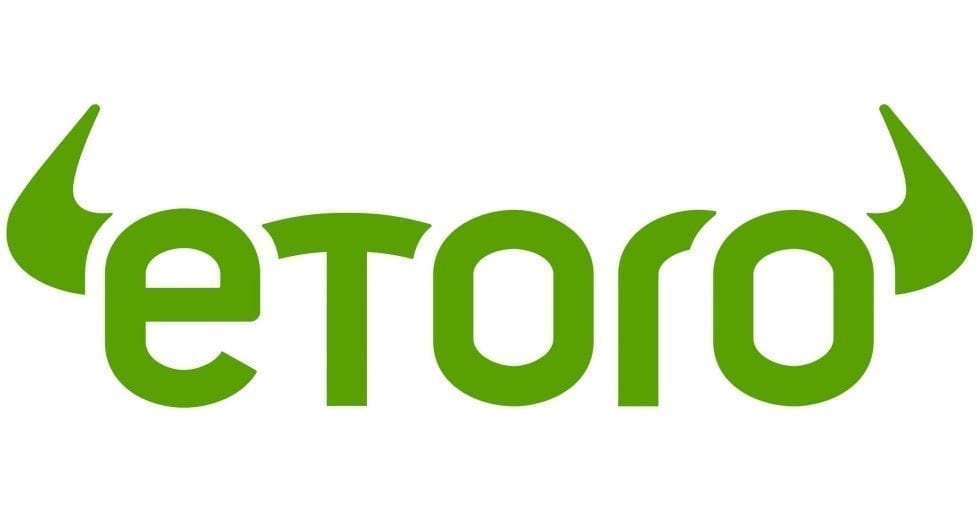Ingredients for a Successful ASX Initial Public Offering (IPO)
An article appearing in the bull.com.au website in June of 2021 noted that as of 18 June, there were 46 companies on the list of upcoming floats posted on the ASX website.
Today as we enter the month of June 2025, there are four companies on that list, with two coming aboard in the last week. The collapse of the IPO market in 2025 is likely due to a double-barreled blow from questionable investor demand for Initial Public Offerings and demonstrable collapse of the supply of IPO’s from companies hesitant to test the waters in the times in which we find ourselves. This suggests that Timing has trumped a high quality Prospectus as the critical ingredient for a successful ASX Initial Public Offering
Many investors are attracted to IPO’s as an opportunity to “get in on the ground floor” of a new company. The story of the ground floor on which the company now rests and its hopes and dreams for the future are found in what is arguably the most important ingredient for a successful ASX IPO – the Prospectus.

The Prospectus
For investors for whom an upcoming IPO is not their first rodeo, the outline of the document is familiar. Here are the sections included in virtually all IPO prospectuses for ASX listing entries:
Top Australian Brokers
- Pepperstone - Trading education - Read our review
- IC Markets - Experienced and highly regulated - Read our review
- eToro - Social and copy trading platform - Read our review
- Investment Overview
- Industry Overview
- Company overview
- Financial Information
- Risks
- Key people, interests, and benefits
- Details of the Offer
- Investigating Accountant’s Report
- Additional information
The search through the document looks for answers to four critical issues to explore to determine the likelihood of success or failure in an IPO:
- What does the company do to make money?
- How many customers need what the company provides?
- What other companies provide the same or similar products or services? the future?
- What could go wrong?
Although the list of sections in the Prospectus covers key questions about the company seeking the listing, it does not include what is arguably the most important component for a successful IPO – the Lead Manager.
Very few companies manage the IPO process on their own, with the vast majority hiring an outside entity to manage the complex listing process from start to finish. The Lead Manager is not an individual, but rather an institution experienced in helping get an IPO off the ground. These institutions can be investment banks or full-service brokerage houses.
Regularly overlooked by retail investors searching through the IPO Prospectus, the Lead Manager is usually listed in the Offer Details section of the Prospectus. This gives potential investors with the time and temperament for vigorous research to track the history in managing IPO’s of the institution hired as lead manager.
If you think of an IPO as a project, the lead manager acts as project manager, with preparation of the Prospectus a key project responsibility. Other responsibilities include due diligence and valuation of the listing company, and marketing and investor presentation roadshows to promote investor interest in the IPO. In some cases, the lead manager underwrites the IPO with a contractual agreement to purchase shares not acquired by subscribers to the offering.
Savy investors will look for upcoming IPO’s touting “oversubscribed” status, meaning there is high demand for shares of the IPO.
Going through an IPO prospectus line by line can be a daunting task for the average retail investor, but the answers to the four key questions can be found in the first five sections of the document.
Competitors and Business Model
Successful ASX IPO’s share come commonalities in their business models and competition.
Companies with new and innovative business models are more likely to succeed. A key reason is the innovative business model means the company has few, if any, serious competitors.
Potential IPO investors can take the time to research the company’s business model to find competitors in the marketplace. A crowded field of competitors will make it more difficult for the “new kid on the block” to gain market share. In the case of IPO’s being spruiked as the “next big thing,” the hype may contribute to a successful IPO launch but may not bode well for the company’s future performance should the company fail to live up to the hype.
The Timing
Common sense suggests companies looking to go public will wait for the best time to list. When a disruptive company breaks out with an outstanding IPO, imitators will come out of the woodwork to ride the wave. The dot com bubble that burst as we entered the 21st Century was preceded by a veritable flood of dot com startups, many with business models that amounted to little more than a website.
Today we find ourselves in market dynamics fouled by uncertainty, with real wars and tariff wars in the wind and fears of a global recession. The Timing is bad for a host of companies ready to list, leaving the field to existing companies with sold history of operational and financial performance.
Don’t Buy Just Yet
You will want to see this before you make any decisions.
Before you decide which shares to add to your portfolio you might want to take a look at this special report we recently published.
Our experts picked out The 5 best ASX shares to buy in 2025.
We’re giving away this valuable research for FREE.
Click below to secure your copy
Investor Sentiment
Investor sentiment can, and often is, a double-edged sword. On the one hand, potential investors can gauge investor sentiment through the financial coverage of the IPO prior to its listing. The phrase “the next…” fills the financial news, hyping an upcoming IPO as a candidate to equal or surpass an existing ASX company with outstanding metrics, both in terms of financial performance and share price appreciation.
Investors who have followed the IPO market for some time know that many over-hyped companies start out like a rocket before falling to earth in flames.
The other edge of the sword is the fact that pre-listing investor sentiment about an upcoming IPO will positively impact the listing price, the opening trading price, and in all likelihood, the share price in the early days of trading on the ASX. History tells us many companies fail to deliver. Some companies live up to their hype, posting positive announcements on product launches and market expansions, leading to promising financial results. Investor sentiment can sour quickly, sometimes at the first sign the newly listed company is not meeting the expectations it outlined for itself in its IPO Prospectus.
The sentiment that matters comes from potential customers for whatever products or services the company about to list on the ASX offers.
To be successful listing on the ASX with an IPO requires entering at a time when investor interest in new companies is not impeded by uncertainty in the market. It requires an experienced lead manager to guide the IPO process from start to finish.
Lead Manager responsibilities include marketing the IPO to increase investor sentiment and thus demand. Arguably, the most important responsibility is the IPO Prospectus, which needs to make the case the company’s business model is sound enough to withstand competition and its plans for future growth are realistic and achievable.





